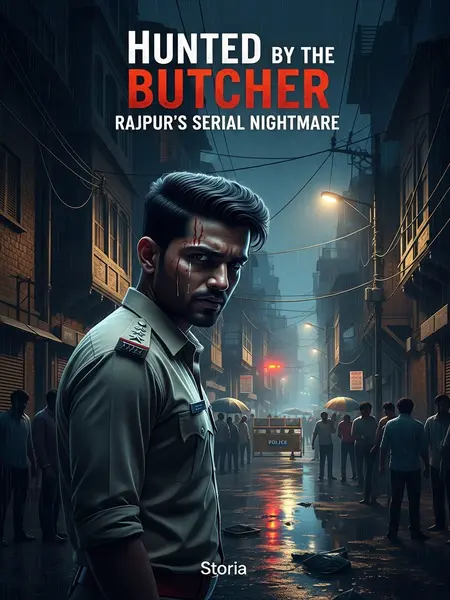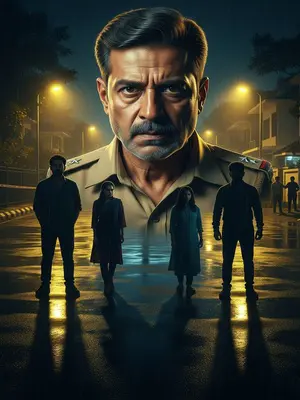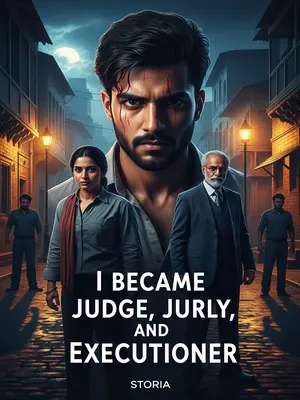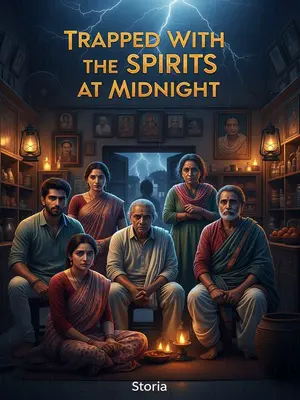Chapter 7: Shadows and Scapegoats
Another four months passed, and the killer struck again.
Rumours rippled across the city like the smell of burning garbage in the summer heat. People began glancing nervously at strangers, trusting no one.
The sixth body could barely be called a corpse—only a skull remained. It belonged to a girl with Down syndrome.
The sight of her schoolbag, still hanging from her tiny shoulder, broke Arjun’s heart in ways no training could have prepared him for.
The seventh body was different: it was a boy.
His body was found in a patch of banyan trees near the airport.
The little boy was just eight years old. The murderer had gouged out his eyes and cut off his genitals.
The city’s air, thick with dust and the smell of kerosene lamps, now carried the added weight of fear. Mothers refused to send their children alone to even the corner shop.
At that point, Arjun realised he had made a mistake.
Both the boy and the girl who went to harmonium class had taken the city bus.
This meant the killer was likely committing his crimes using public transport—not a private car as previously thought.
What kind of person regularly takes public transportation and arouses no suspicion?
Teachers, ticket collectors, shopkeepers—faces that blend into the crowd, the invisible people of every Indian city.
By now, the case had surpassed the police’s understanding.
At the time, Indian police generally believed serial killers targeted a single type of victim: some killed only women, others only children.
But this murderer killed adult women and underage girls; he killed girls, and now had started killing boys. What kind of twisted killer was this? What kind of person would harbour sexual violence towards so many different types of victims?
The police suspected he was homosexual or a paedophile, but now had to consider he might be a complete lunatic.
Arjun admitted this was the greatest challenge of his career. The danger and complexity of this hidden adversary had already surpassed contemporary criminal psychology.
He felt a chill run down his spine, despite the humid air. Even his seniors at the state headquarters could offer no guidance, only pressure to solve the case quickly.
At that moment, the case took a dramatic turn: the murderer was arrested.





